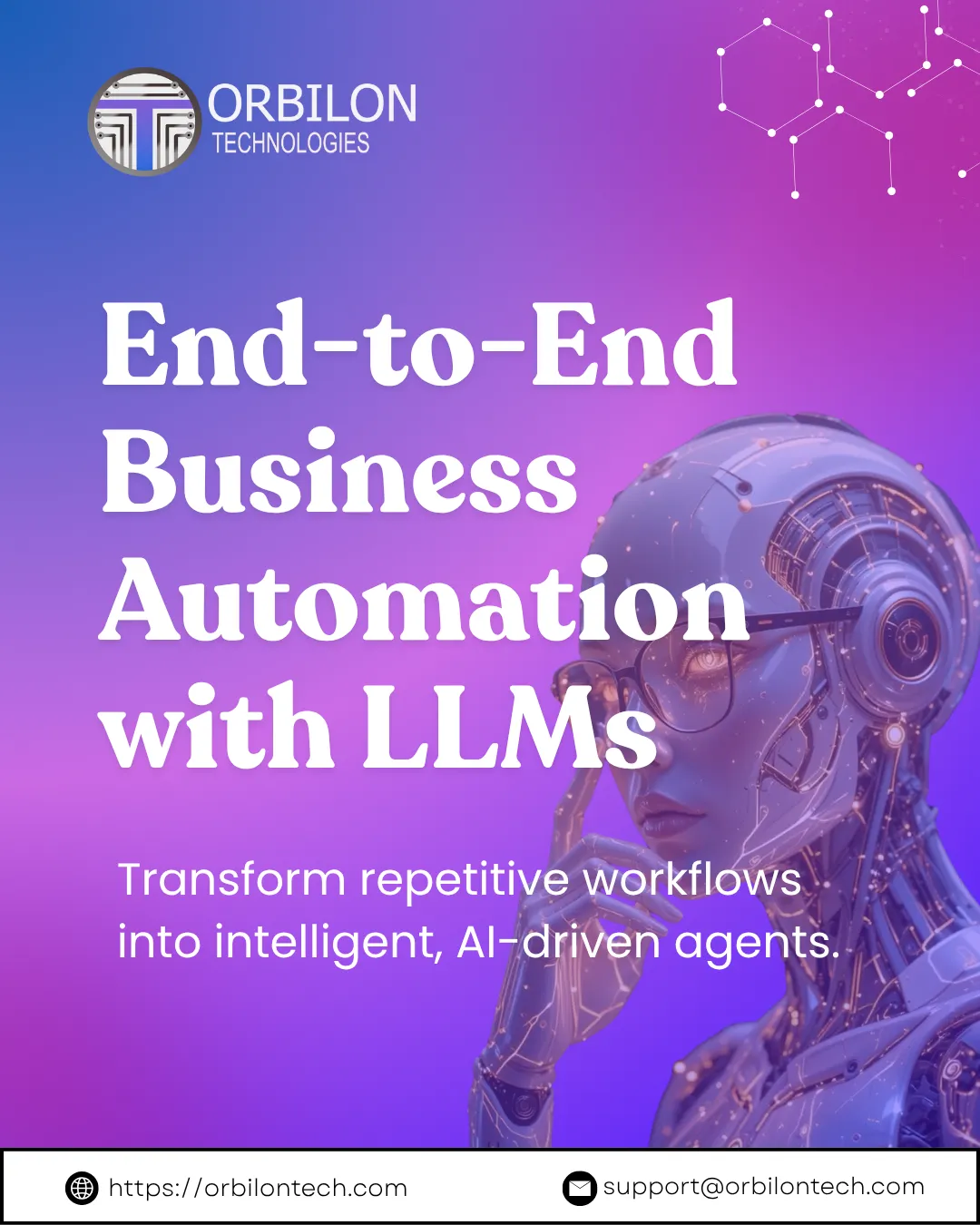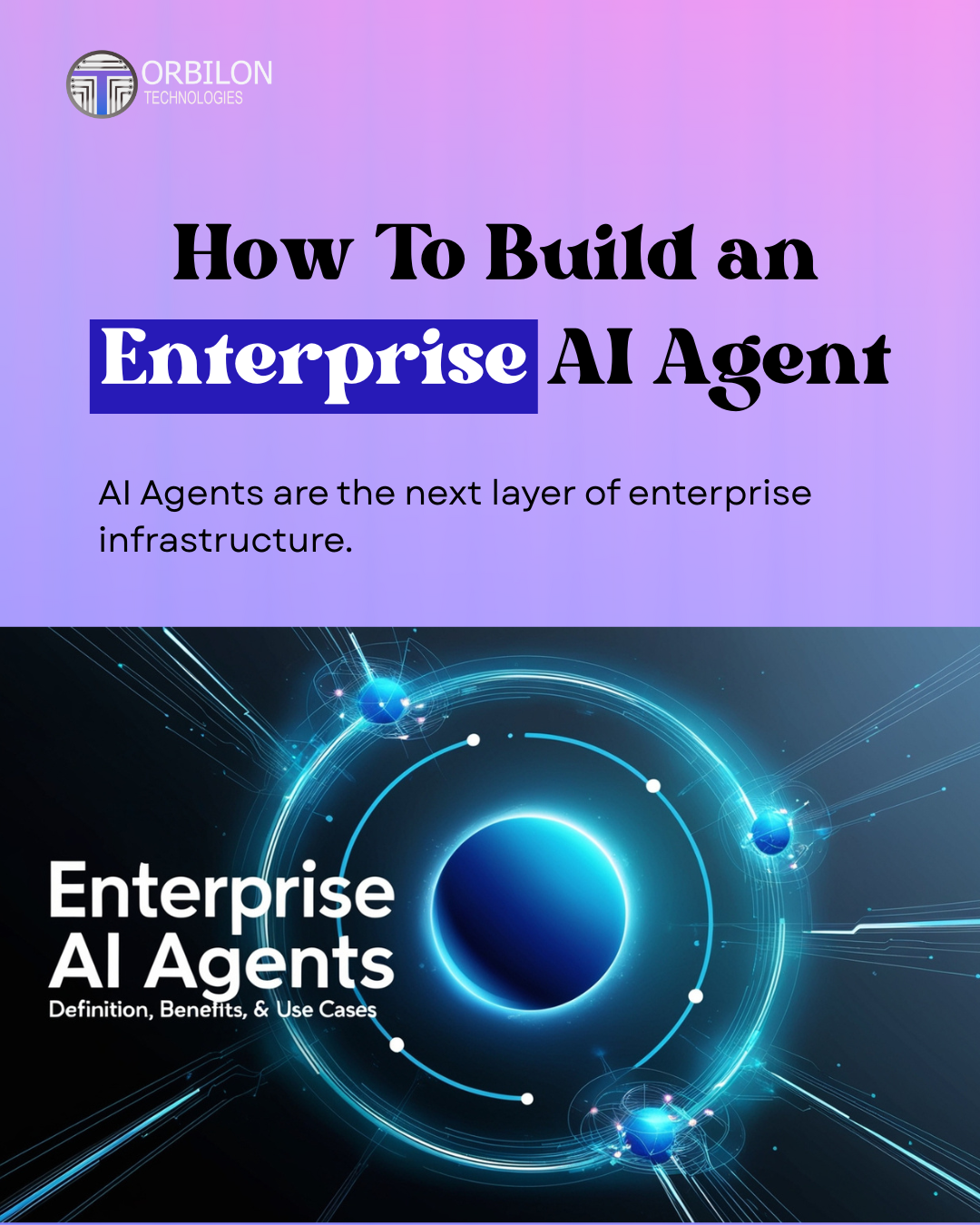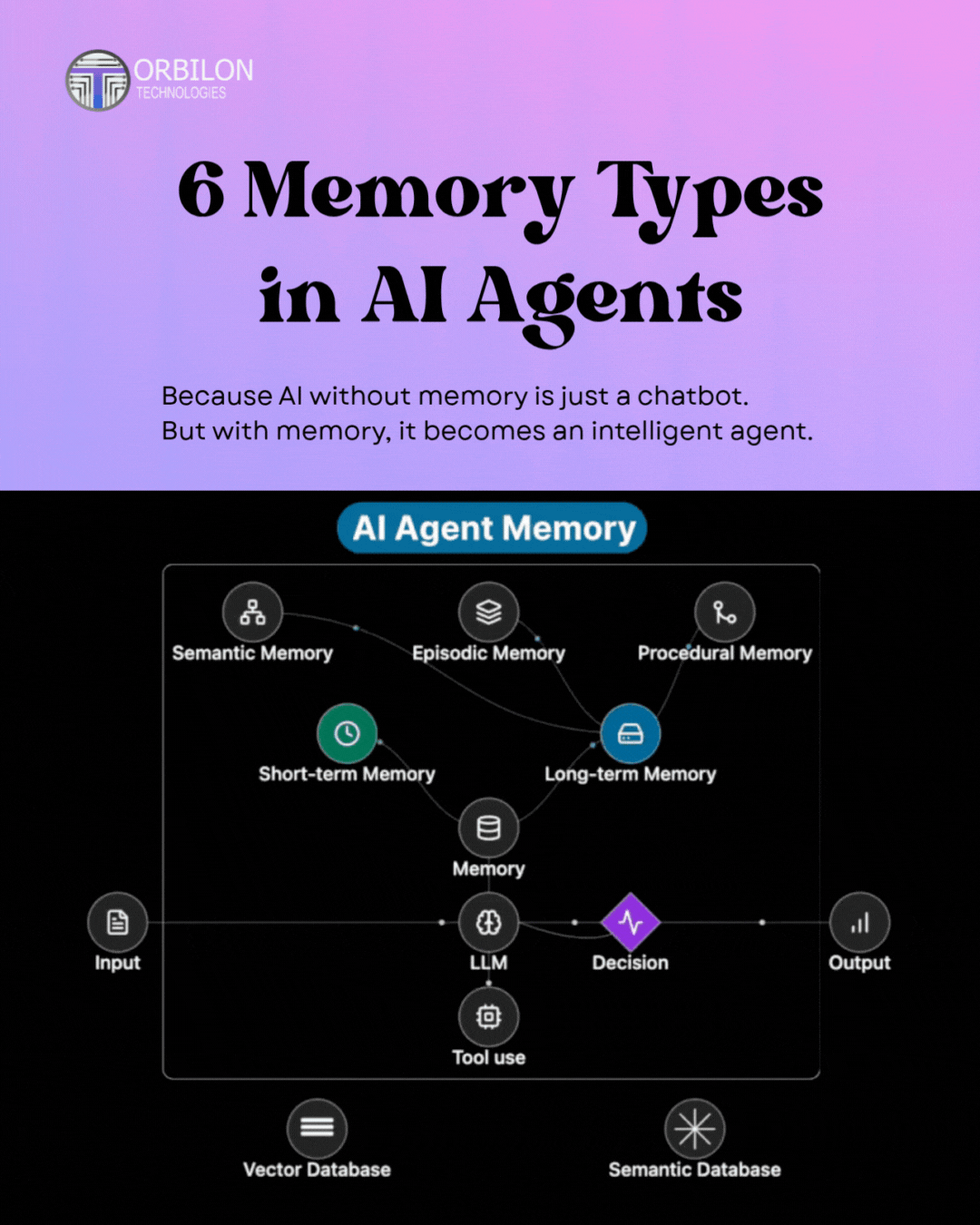End-to-End Business Automation with LLMs for Modern Teams
Introduction
Things are moving fast for businesses these days, and teams need tools that make work easier. That’s where business automation with LLMs comes in. With AI models, companies can get rid of tasks that are just doing the same thing over and over, make talking to each other simpler, and set up work that happens automatically.
Because of this, groups can do things more effectively while their teams can focus on what matters. AI automation makes daily work more correct, consistent, and able to grow, which lets businesses get bigger without making people do more work by hand. So, let’s see how automation using LLMs is changing digital tools.
What Is Meant by End-to-End Business Automation with LLMs?
End-to-end business automation with LLMs is about automating everything within a fully integrated environment where AI models are able to understand, decide on, and perform tasks without any human intervention. It is end-to-end automation of the entire lifecycle of the process. Unlike conventional automation, LLMs are capable of understanding natural language, making connections, and giving intelligent responses. That is to say, LLMs are able to execute complex workflows and processes that a human would have taken a lot of time and effort to finish a task.
Why Businesses Should Get LLM-Based Automation
The above-mentioned factors have placed companies in a situation where they are forced to adopt automation as a measure to survive and succeed in the market. Hence it is a question of whether to use automation rather than if.
Main Advantages:
- Greater output by substantially lessening the involvement of the manual staff.
- Reduced running expenses attributable to AI-facilitated actions.
- Non-stop operation of the workflow at any hour of the day.
- The removal of mistakes caused by humans in the performance of standard tasks.
- Quick capacity expansion with the rise of business requirements.
Moreover, LLM automation enhances precision as well since it always adheres to the same reasoning and executes every operation based on the rules set beforehand.
How AI Agents Work in Real Workflows
LLM-powered AI agents follow a prescribed workflow:
- Input:
The system gets the data from emails, CRM records, chat conversations, forms, or APIs. - Understanding:
The LLM studies the data and executes the business rules. - Action:
The agent may accomplish one or more of the following: sending communications, updating a database, generating a report, or starting a workflow. - Output:
The end result is there with the customer or user in no time and, it goes without saying, with complete accuracy.
What’s more, these agents don’t stop at that. They are always learning, which enhances their capability with time.
Popular Use Cases
- Customer Support: AI responds instantly, categorizes tickets, and offers personalized solutions.
- Sales & CRM: LLMs qualify leads, write follow-ups, generate proposals, and update pipelines.
- HR & Recruiting: The system screens resumes, schedules interviews, and sends onboarding messages.
- E-commerce: AI manages refunds, handles product queries, and automates shipment updates.
Each use case shows how businesses can save considerable time while improving customer experience.
Conclusion
It’s quite a different thing that companies are being changed by using large language models to automate business processes from end to end. When companies introduce AI agents, they experience an increase in productivity, precision, and can expand at a much faster rate. With the continuous evolution of technology, those enterprises that will be the first to adopt automation will outperform the rest. Therefore, installing LLM automation is not only a wise decision but also a future strategy.
Want to Hire Us?
Are you ready to turn your ideas into a reality? Hire Orbilon Technologies today and start working right away with qualified resources. We will take care of everything from design, development, security, quality assurance and deployment. We are just a click away.



